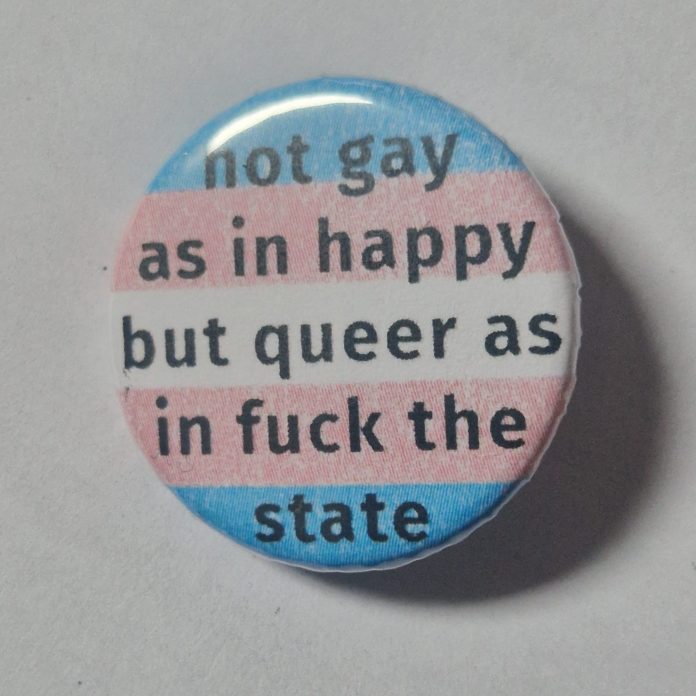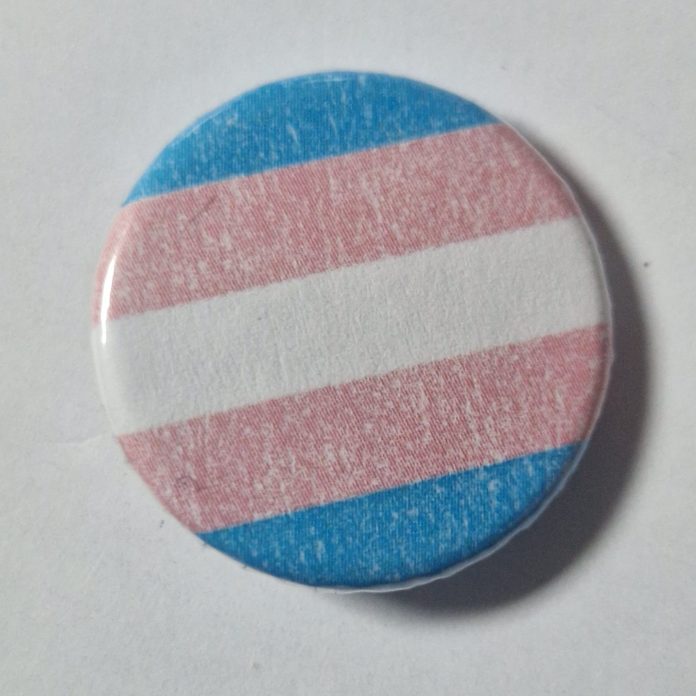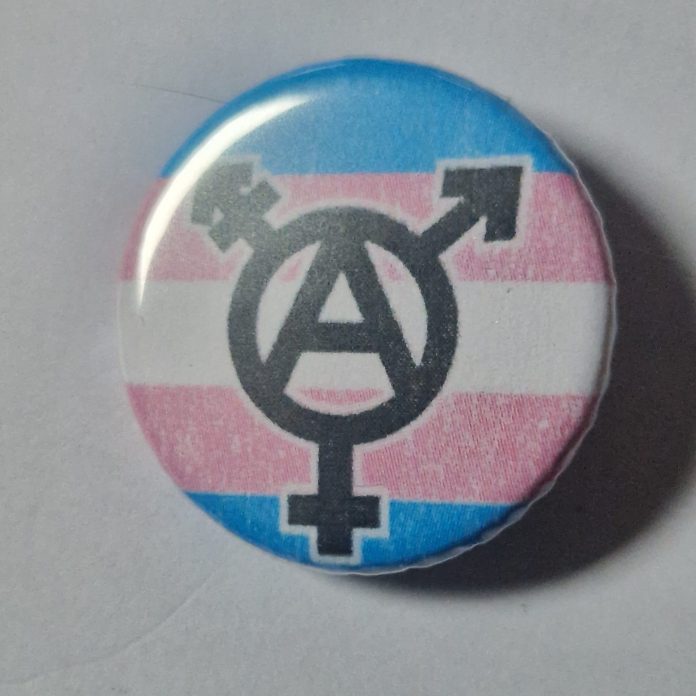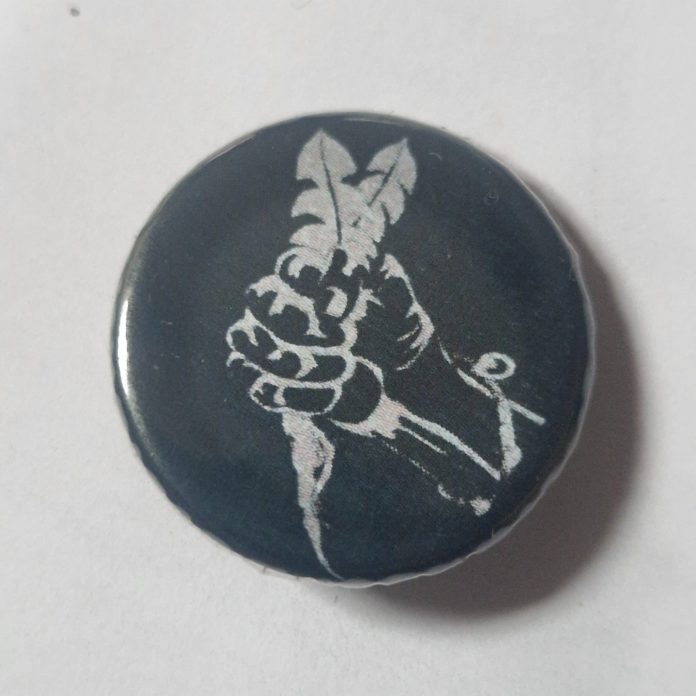83, The Circled A of Anarchy
£0.45
The circled a of anarchy.
Description
The True Story of the Circled A
The sign of the circled A is so widespread, so well known that it has come to be seen as a traditional anarchist symbol, as if it had always been so.
Some say that it harks back to the Spanish Civil War when a young anarchist familiar with the circled A thought he caught a glimpse of it on the helmet of someone fighting alongside Durruti, whereas he must in fact have caught sight of a target. Some even believe that the circled A can be traced back to Proudhon and his idea of Anarchy in Order.
But in fact it is a relatively recent addition to the libertarian iconography: the circled A was invented in Paris in 1964 and again in Milan two years later. But why these two dates and places of its birth?
It was in April 1964 that a design was published in the bulletin “Jeunes Libertaires” as a proposal from the J. L. group of Paris to “the anarchist movement as a whole”, to all its various currents, groups and organisations. “We have two basic motives: first to make our posters and grafitti simpler and more effective, and also to raise our profile in people’s eyes by using a sign that is common to all the different manifestations of the anarchist movement. It was partly the search for a practical way to reduce the time needed for writing to a minimum, avoiding the need for a long signature for our slogans, and partly the choice of a sign that was sufficiently general that it could be adopted by all anarchists. The sign chosen seemed to meet these criteria and through constant association with the word “anarchist” it eventually came to represent the idea of anarchism itself”.
The sign that they proposed was a capital A with a circle around it. The idea came from Tomás Ibañez and it was René Darras who drew it. What was the inspiration behind it? Was it the already widespread antinuclear symbol of the CND, or something else?
The Alliance Ouvrière Anarchiste claims that it was already using the circled A symbol in its internal correspondence in the 1960s as a graphic adaptation of their acronym AOA, but it wasn’t until 1968 that it made its first appearance in their bulletin “L’Anarchie”.
The proposal by these young French libertarians in 1964 had little success, apart from a few instances of grafitti in the Paris metro, although in December that year the circled A appeared in the title of article signed Tomás [Ibañez] in “Action Libertaire”. The network of the Jeunes Libertaires (J. L.), which at the beginning of the 1960s had included groups all over France, was becoming weaker – the regional magazines were no longer coming out and the Paris one was dormant from 1965 to 1967, although many “J. L.” were in the front line in May ’68, right from the start.
It was not until 1966 that the circled A symbol was taken up, at first as an experiment and from 1968 systematically by the group Gioventù Libertaria di Milano, which was in contact with the Paris group (both groups were instrumental in setting up the Comité européen de liaison des jeunes anarchistes (CLJA).
And so the public life of the circled A began. Its first public appearance was in fact in Milan, where it was used as a signature on leaflets and posters prepared by young anarchists, and it was initially associated with the antinuclear symbol and the “apple” of the Dutch provos. The circled A spread throughout Italy and then the world, but there was hardly any trace of it in Paris in May 1968, and its first notable appearances outside Italy were in 1972-73. It was in the early 1970s that the circled A was taken up by young people throughout the world. Indeed it has been so successful that if its inventor had taken out a patent on it, he would be a millionaire today!
So what lay behind its rapid and surprising success?
It was probably due to the same reasons that led the young libertarians to suggest the symbol in the first place: on the one hand it is easy to draw, as simple as the cross or the star or the swastika (and simpler than the hammer and sickle) and on the other hand, a young and growing movement had discovered grafitti and was looking for a means of recognition. This was how the circled A acquired its role, without any group or organisation mandating its use, in the absence of any other international anarchist signs (or even in the presence of symbols that had fallen into disuse, like the torch or the torch-and.book in Italy).
This then is the real story of the circled A, the child of both sponteneity and conscious decision – a typically libertarian blend. The rest is legend.
Amedeo Bertolo (Centro Studi Libertari)
Marianne Enckell (Centre International de Recherches sur l’Anarchisme)
The texts and illustrations used for this text can be consulted in the CSL/Archivio Pinelli in Milan, Italy





